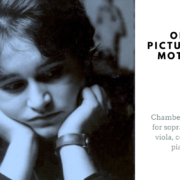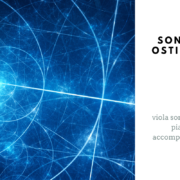Old Picture of Mother
Chamber cantata for soprano solo , viola, cello and piano. At the request and presentation of opera singer Éva Bátori.
The 7 movements are based on poems by Dezső Kosztolányi and by Zsófia’s mother Judit Tallér. Her mother was a harpist, but she also wrote poetry in her early years. She died in 1994, at the age of 49. Zsófia was also 49 years old when she composed this piece to commemorate her mother.

